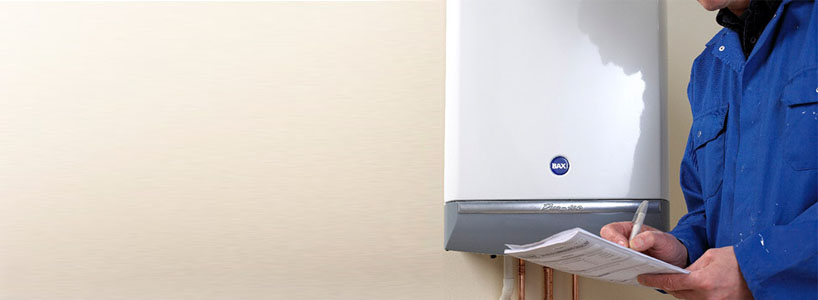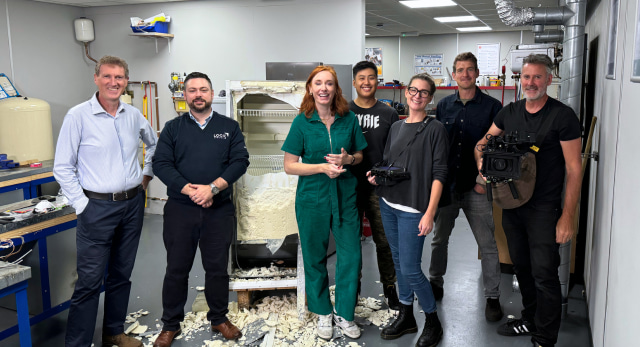An annual boiler service is obviously a good idea in terms of gas safety, but it’s also an important step in maintaining an efficient heating system - one that many householders overlook unless they have a problem.
With the number of boilers in the UK numbering over 20 million, there are a lot of households requiring such work.
Winter may have gone, but it’s not a bad idea to start planning ahead, to encourage your customers to get their boilers serviced and perhaps upgrade your qualifications to ensure a good supply of work later in the year.
A typical annual service should take about half an hour and it’s good to begin with a quick chat to the householder; to find out whether there have been any problems since their boiler was last checked.
It’s also a great opportunity to show the customer your Gas Safety card, so that they know they’re in safe hands and you are qualified to undertake the work.
The service can be broken down into five separate, but essential parts:
How’s it all looking?
Give the boiler the once over; the pressure gauge and seals as well as the safety devices all need to be checked, as does the flue.
It’s really important the flue is inspected both inside and out for any obstructions or external damage as blockage or damage can result in the production and leakage of potentially fatal carbon monoxide.
Fire it up!
Next it’s time to check what’s going on inside with the main components.
Once the casing is removed it will be possible to check the burner, the heat exchanger, main injector and the spark/sensor probe.
Assuming they’re all ok, the boiler can be safely fired up so that any working faults will become apparent.
Check the Flue Gases
The gases produced during burning need to be checked too.
Legally, installers will need a valid CPA1 (Combustion Performance Analysis) certificate for domestic appliances to undertake an analysis the gas produced by the boiler.
A boiler needs to burn the right proportions of gas and air to run safely and it’s the installer’s responsibility to ensure that the equipment used for this complies with BS 7967 – the safety criteria for testing where Carbon Monoxide and Carbon Dioxide are potentially present.
Clean it up!
Any dirty parts of the boiler should be cleaned and any worn out parts replaced, according to the manufacturer’s instructions.
Log and Report
Before you go, a service report should be completed so that the work undertaken is recorded in full.
A service log should be given to the customer, for warranty purposes. You can also use this as a reminder for the customer to book another service in twelve months time.
Boiler fault finding with Logic4training
Logic4training’s Basic Heating System & Boiler Fault Finding Course is aimed at gas engineers who need the basic technical skills to provide boiler and heating control fault-finding, so that they are able to install, maintain and repair central heating control systems.
Focusing on safe working practices, fault-finding training will equip candidates with the knowledge to identify a fault based on a boiler start-up sequence, understand and use manufacturers’ flow charts and wiring diagrams and use multimeters to test circuits, components and earth continuity.
Click here for more information on the course and the areas it covers.









